Future Thinking to Take Action Today
 By Confederazione Nazionale dell’Artigianato e della Piccola e Media Impresa – Federmoda (CNA Federmoda)
By Confederazione Nazionale dell’Artigianato e della Piccola e Media Impresa – Federmoda (CNA Federmoda)

 By Confederazione Nazionale dell’Artigianato e della Piccola e Media Impresa – Federmoda (CNA Federmoda)
By Confederazione Nazionale dell’Artigianato e della Piccola e Media Impresa – Federmoda (CNA Federmoda)
Futures Studies are a holistic and interdisciplinary method, which aims to explore possible futures. The main target is to anticipate possible scenarios in order to better face the challenges caused by accelerating changes in technology, society, economy, politics etc.
A complex world is requesting new tools to face new challenges.
Forecasting alone is not enough and should be supported by foresight and anticipation.
The Futures Wheel is a method of futures studies for identifying and packaging primary, secondary, and tertiary consequences of trends, events, emerging issues, and future possible decisions.
It was invented in 1971 by Jerome C. Glenn, then a student at the Antioch Graduate School of Education, now called Antioch University New England.
The Futures Wheel is a sort of structured brainstorming, it’s a way of questioning the future. The name of a trend or event is written in the middle of the wheel. Primary impacts or consequences are written at the end of each spoke. Next, the secondary impacts of each primary impact form a second ring of the wheel. Impacts or consequences are drawn with the help of the S.T.E.E.P. matrix. *
*S.T.E.E.P. matrix: Socio-cultural, technological, economic, environmental/ecological and political analysis.

Almost 9/10 Europeans (88%) think that clothing should be made to last longer
About 5.8 million tonnes of textiles are discarded every year, equivalent to 11.3 kg per person
Textiles production doubled between 2000 and 2015
All textile products placed on the EU market are:
• durable, repairable and recyclable
European consumption of textiles has the fourth highest impact on the environment and climate change, after food, housing and mobility.
• to a great extent made of recycled fibres
• free of hazardous substances
• produced respecting social rights
”Fast fashion is out of fashion” - consumers benefit longer from high quality textiles
Profitable re-use and repair services are widely available
It is one of the top three pressures on water and land use, and the top five in terms of raw material use and greenhouse gas emissions.
In a competitive, resilient and innovative textile sector producers take responsibility for their products along the value chain
Circular rather than throw-away clothes have become the norm, with sufficient capacities for recycling and minimal incineration and landfilling
The textile and clothing sector employs more than 1.5 million Europeans and is a key asset to stimulate local jobs and business opportunities.
The Single Market is the backbone of the sector.
The Commission is working on a Transition Pathway for the textile ecosystem to successfully achieve the green and digital transitions and for the ecosystem to become more resilient. Today marks the start of a co-creation process, in which stakeholders are invited - through a survey and workshops - to propose specific actions and work towards these common objectives.
An average of 20 to 35 jobs are created for every 1.000 tonnes of textiles collected for re-use, such as selling them second-hand
>1%
up to 35%
One full truckload of textiles goes to landfill or incineration every second of material used to produce clothing is recycled into new clothing of all the microplastics released into the environment can be traced back to textile products
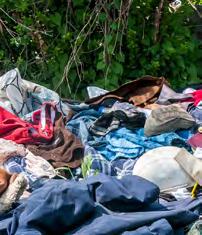
Set design requirements for textiles to make them last longer, easier to repair and recycle, as well as requirements on minimum recycled content
Introduce clearer information and a Digital Product Passport
Tackle greenwashing to empower consumers and raise awareness about sustainable fashion

Reverse overproduction and overconsumption and discourage the destruction of unsold or returned textiles
Propose mandatory Extended Producer Responsibility for textiles with ecomodulation of fees
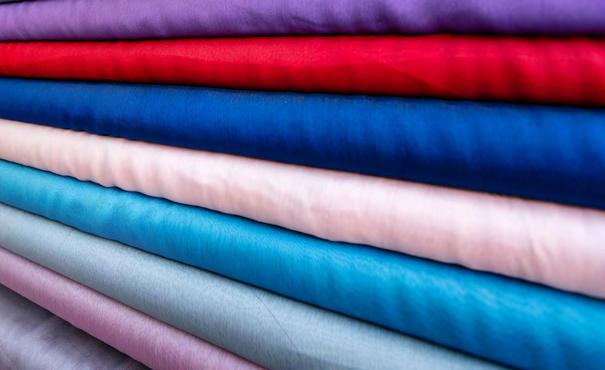

Address the unintentional release of microplastics from synthetic textiles
Restrict the export of textile waste and promote sustainable textiles globally Incentivise circular business models, inlcuding reuse and repair sectors
Encourage companies and Member States to support the objectives of the Strategy
Academy aMa Maria Tomassini Master sulla calzatura


San Mauro Pascoli district (Emilia-Romagna Region)
How to extend know-how and craftsmanship over time through specialist training on shoe hemming
Centro Tessile Cotoniero e Abbigliamento SpA

Multilab (Lombardy Region)
How textile/fashion innovation passes through the development of new materials both of textile origin and from other production sectors.
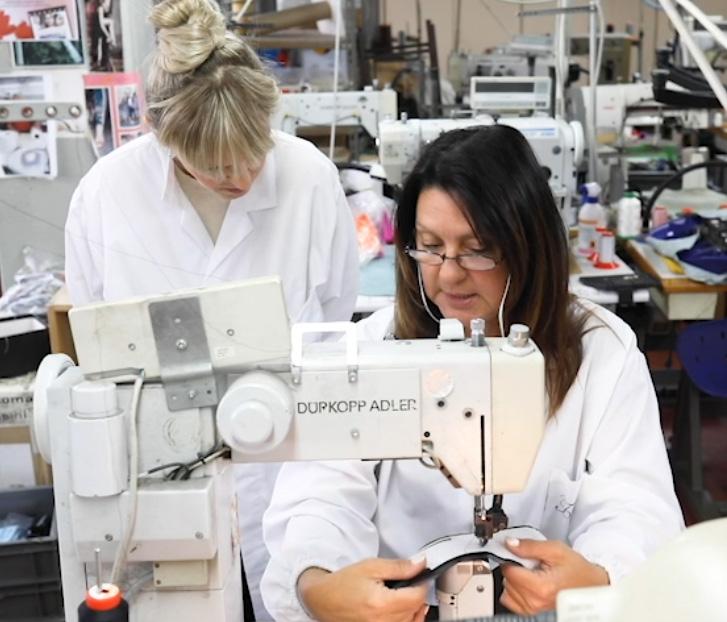
www.mariatomassinibags.com/accademy-ama/
www.centrocot.it/ricerca-e-sviluppo/multi-lab/
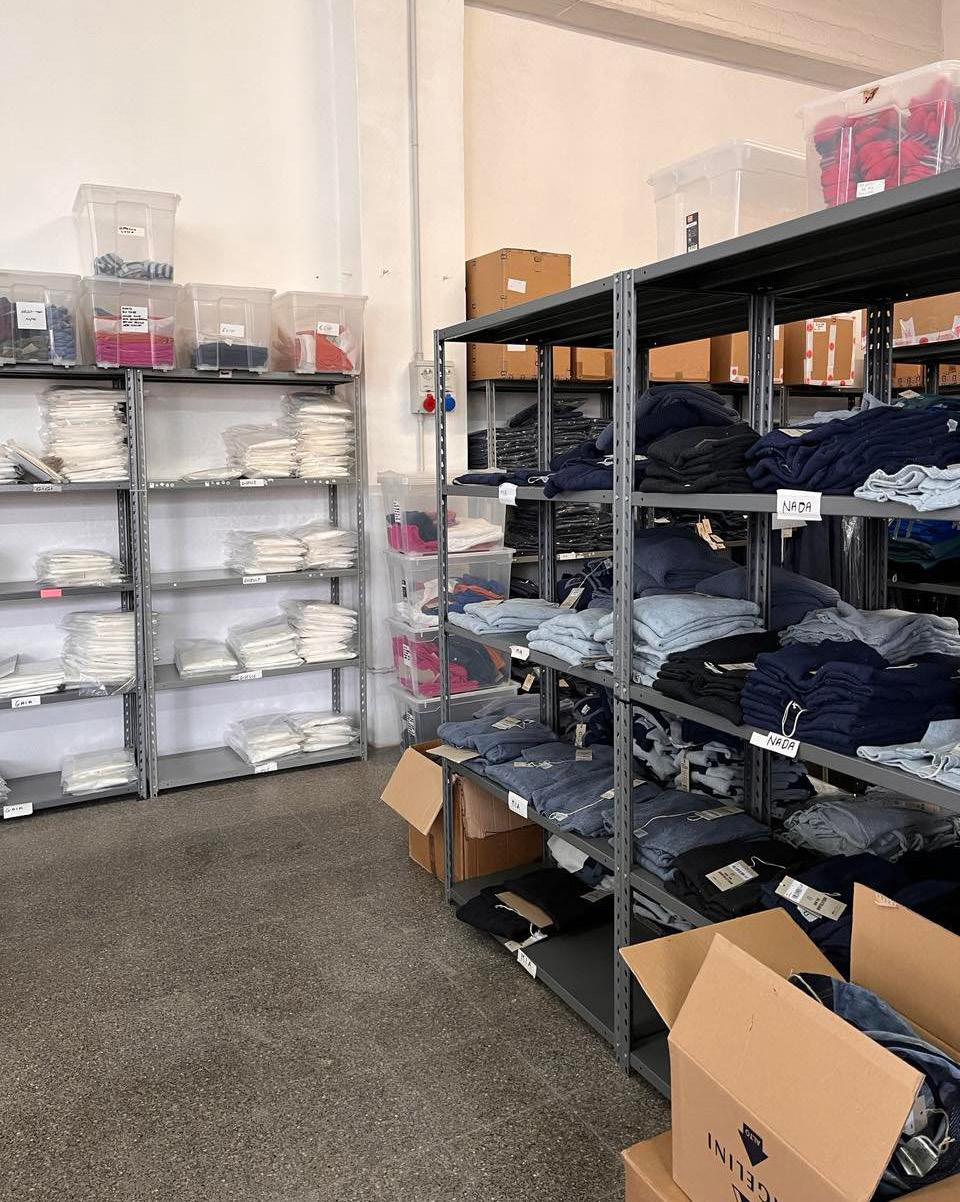
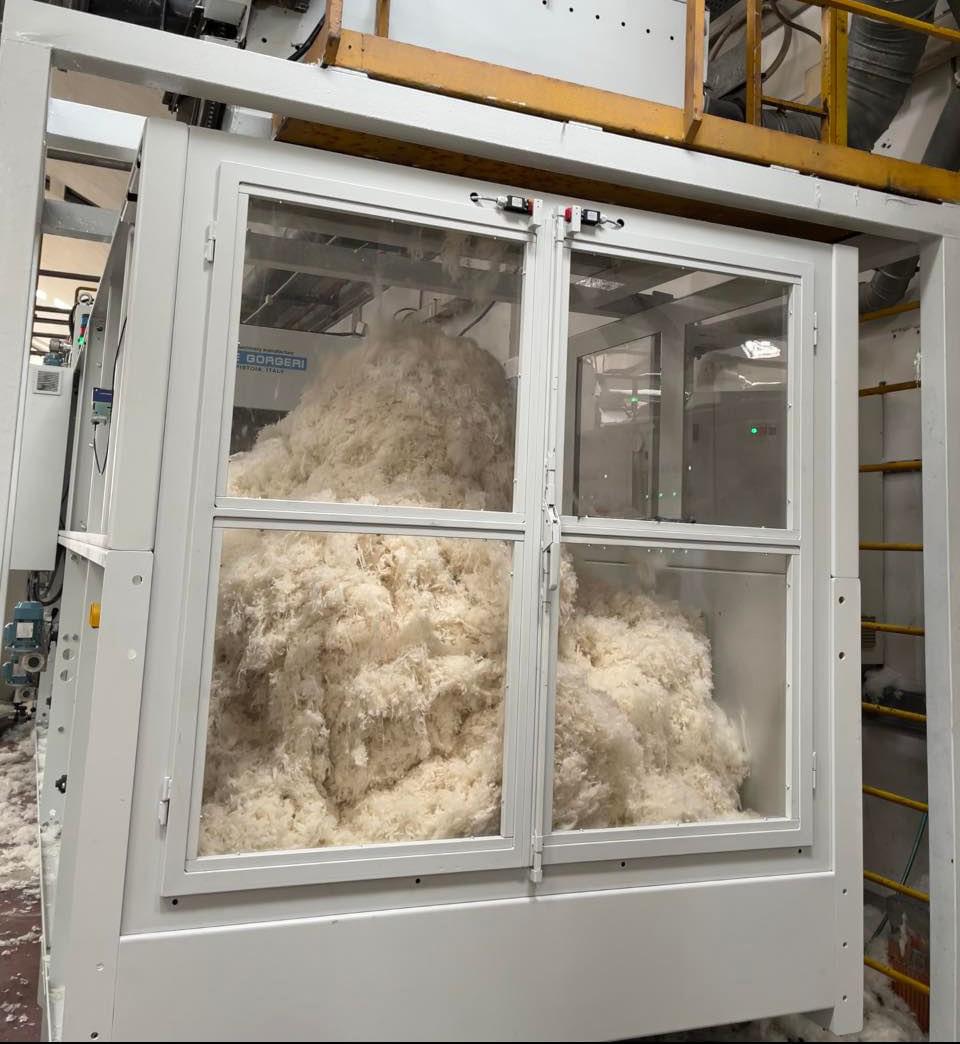
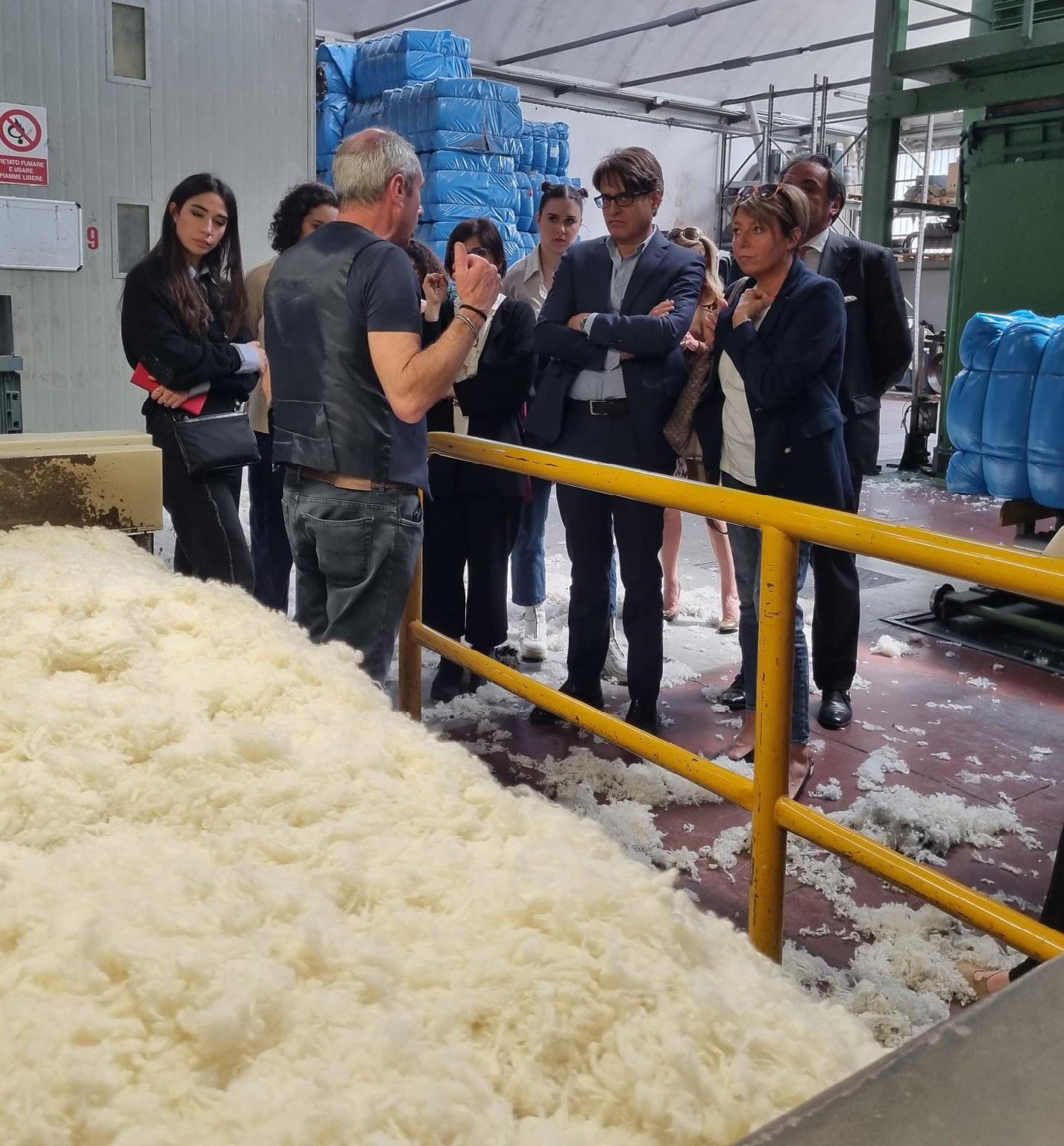
The exercise is based on the workshop designed by The EC Megatrends Hub
To what extent are you aware of the influence of this Megatrend?
To promote resilience in SMEs
A push for anticipation
Focus on collaborative supply chain
In the majority of cases SMEs are not aware of the incoming changes pushed by the EU Strategy by 2030.
Thanks to the participatory workshop, SMEs have the chance to evaluate the impacts of the strategy on their future business and on their productive district.
Thanks to the foresight workshop, SMEs can think about possible problems and future challenges and find possible solutions to overcome them by anticipating actions in the present.
In order to foster a circular transition, companies should work in a collaborative way and create networks of value within their supply chain and/or their eco-system.
SMEs are invited to focus on the megatrends and try to better understand the potential consequences of the megatrends to the circular and sustainable transition.
SMEs can refer to the 14 megatrends listed on the EC Megatrends Hub and are invited to select the major Megatrends which can have the strongest impact on their business by replying to the following questions:
To what extent is there evidence establishing the link between this Megatrend and the issue?
Is the impact of this Megatrend recognised?
For more reference and further workshops to be carried out on megatrends please refer to:
knowledge4policy.ec.europa.eu/foresight/ working-megatrends_en
The workshop is meant to help SMEs imagine the impact of the circular transition in a systemic view. Circular transition is both an opportunity and a challenge especially for micro and small enterprises. Starting from the strategy for circular and sustainable textiles and the major megatrends impacting on their business, SMEs are invited to think about the impacts and consequences of the strategy and the coming directives on the future of their businesses in a systemic way.
1. The name of a trend or event in the future is written in the middle of the wheel (ex: We are in 2035 and the EU Strategy for Circular and Sustainable Textiles has been implemented, which are the impacts on my business and on my productive district/eco-system?)
2. Participants are invited to think about primary impacts or consequences to be written in the first ring of the wheel. Then, the secondary impacts of each primary impact form a second ring of the wheel. Participants can even list third impacts and create a third ring.
The impacts should be drawn with the help of the STEEP matrix, i.e., participants should list sociocultural, technological, economic, environmental and political impacts.
In order to get a more systemic view, participants are invited to consider cross-linkage of impacts.
The final goal is to stimulate future thinking and a more resilient approach.
At the end of the exercise, SMEs should think about possible actions to be taken in the present in order to achieve a preferable/desired future. SMEs should focus both on negative and positive impact emerging from the exercise in order to anticipate their preferable future.
Actually, the final goal of every foresight exercise is to take action in the present.
Example of event: Your Country/productive district in 2035: which are the impacts of the Eu Strategy of Circular and Sustainable Textiles and which are the consequences?
Tips:
When listing impacts try to be as detailed as possible
Following the rules of futures studies the event to be written in the middle of the wheel should be at least 10 years in the future.
Competence Centre on ForesightKnowledge for policy knowledge4policy.ec.europa.eu/ foresight_en
EU Strategy environment.ec.europa.eu/strategy/ textiles-strategy_en
European Commission – Competence Centre on Foresight knowledge4policy.ec.europa.eu/ foresight/working-megatrends_en
FUTURES LITERACY – UNESCO en.unesco.org/futuresliteracy/about
Glenn, Jerome C. Futures Wheel, Futures Research MethodologyVersion 3.0
The Millennium Project Washington, D.C. 2009
“
”
The possibilities are numerous once we decide to act and not react
George Bernard Shaw
